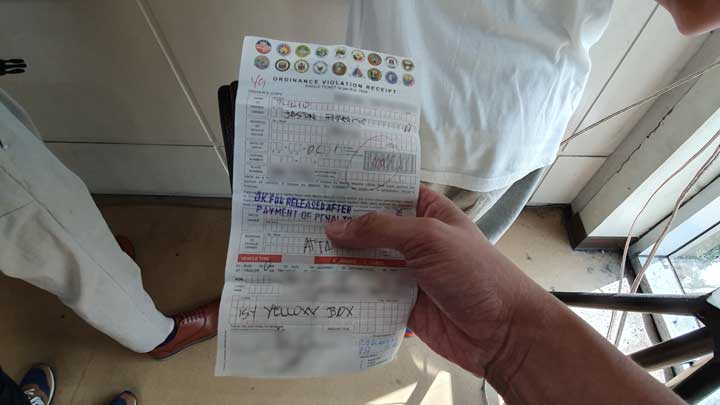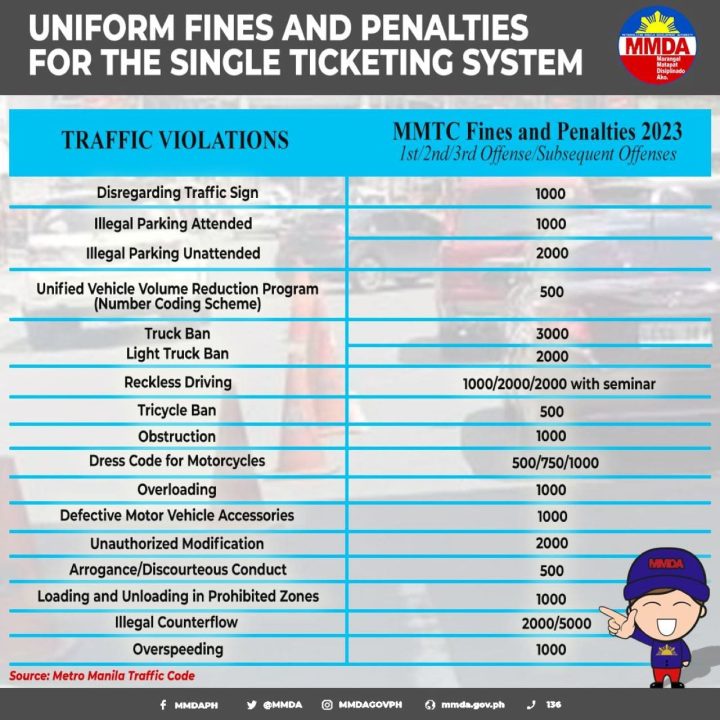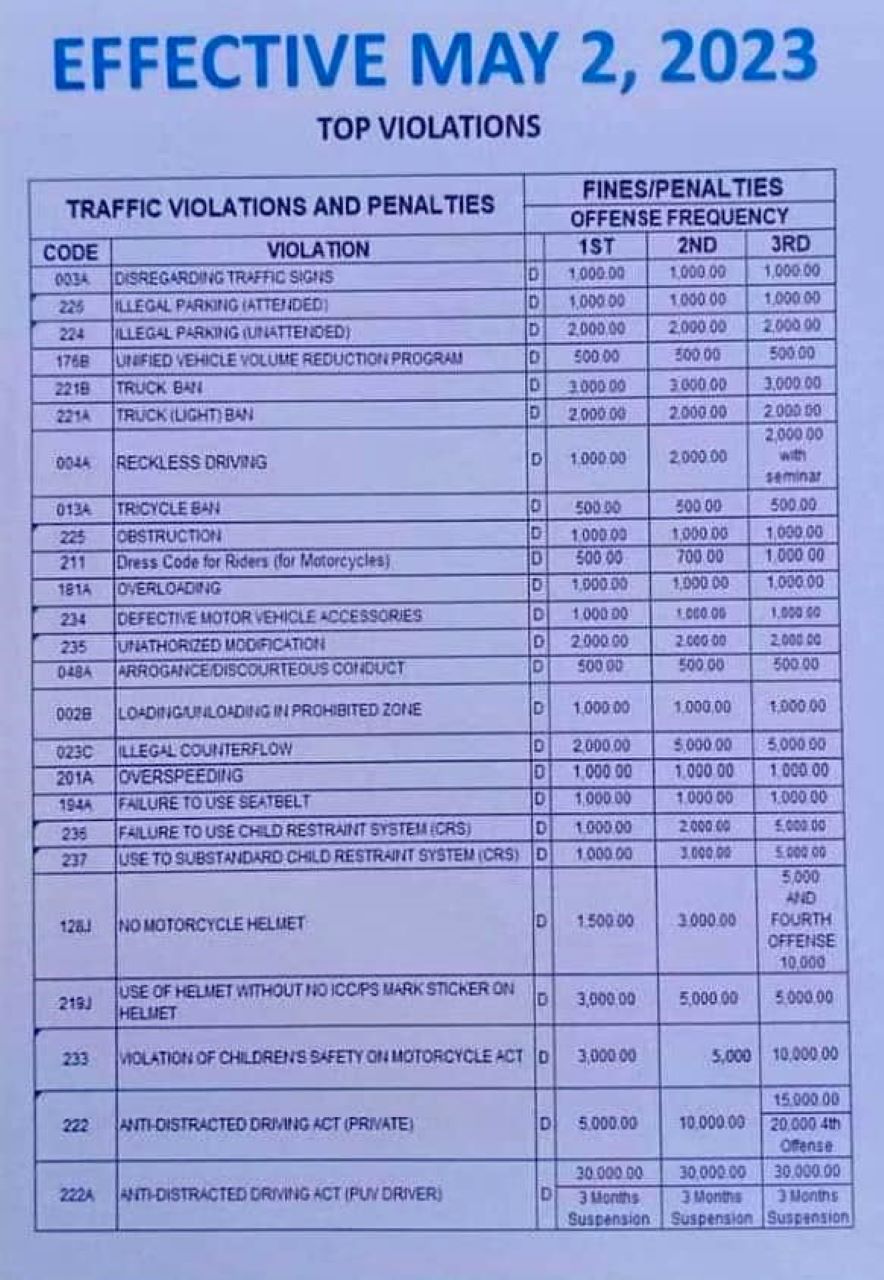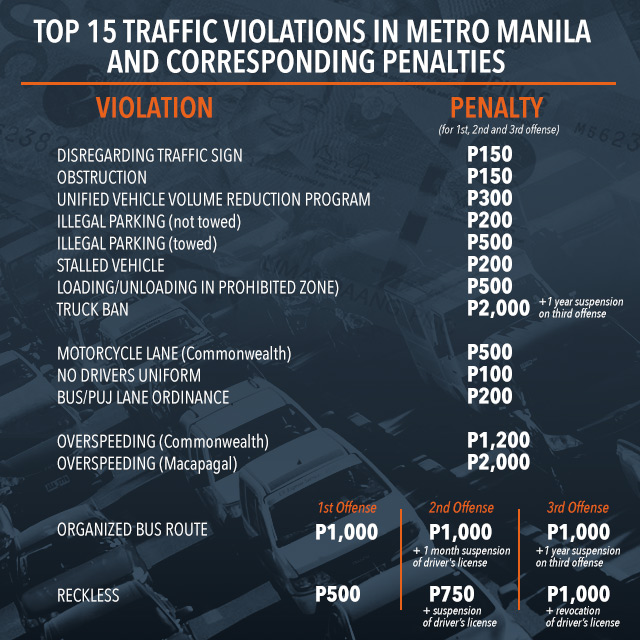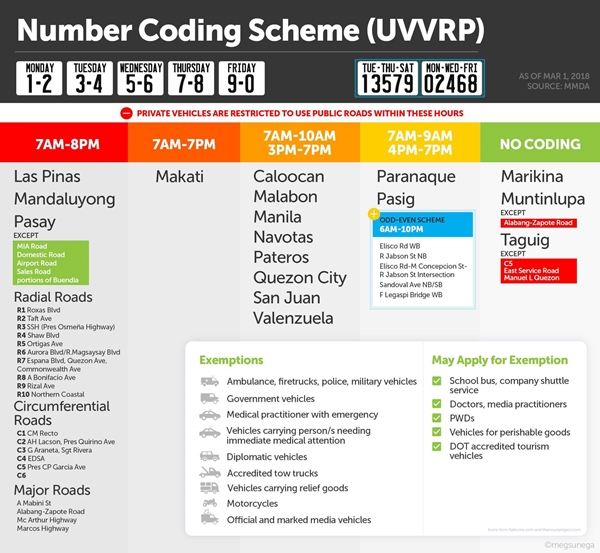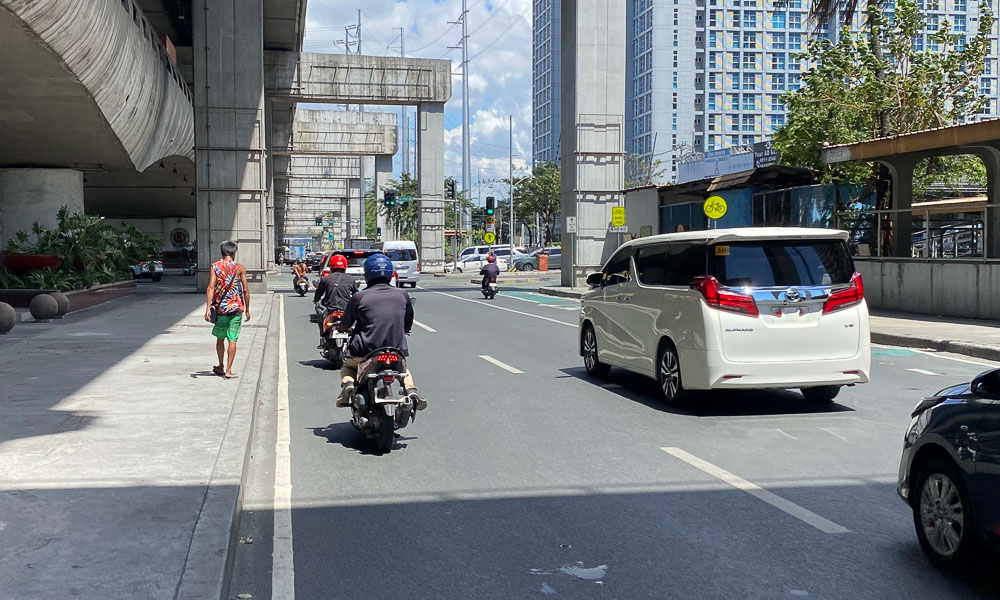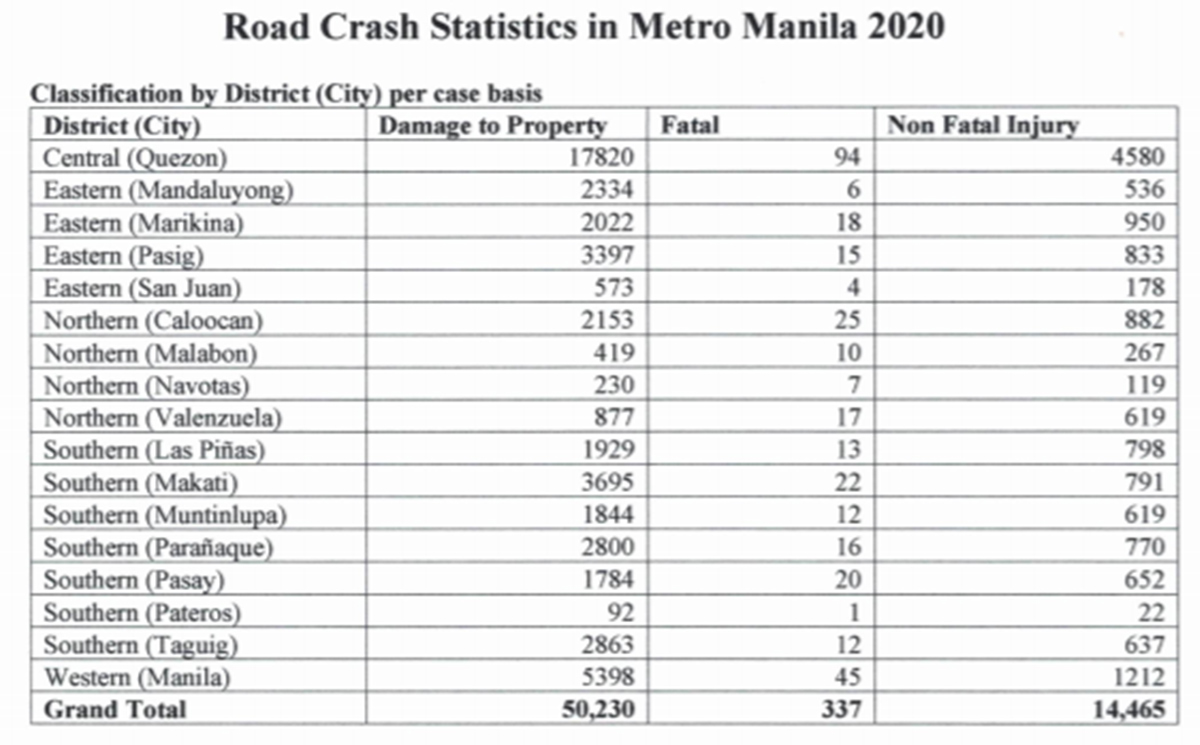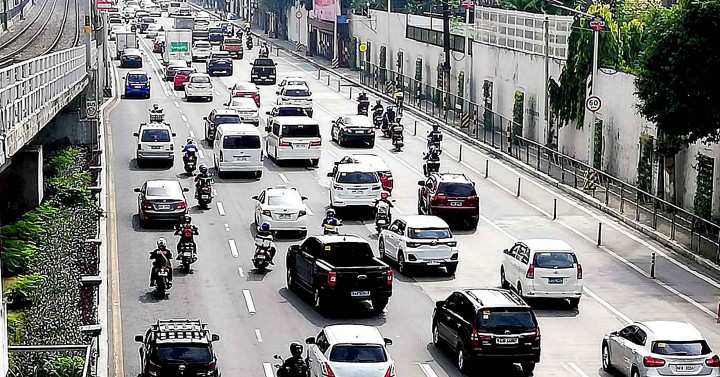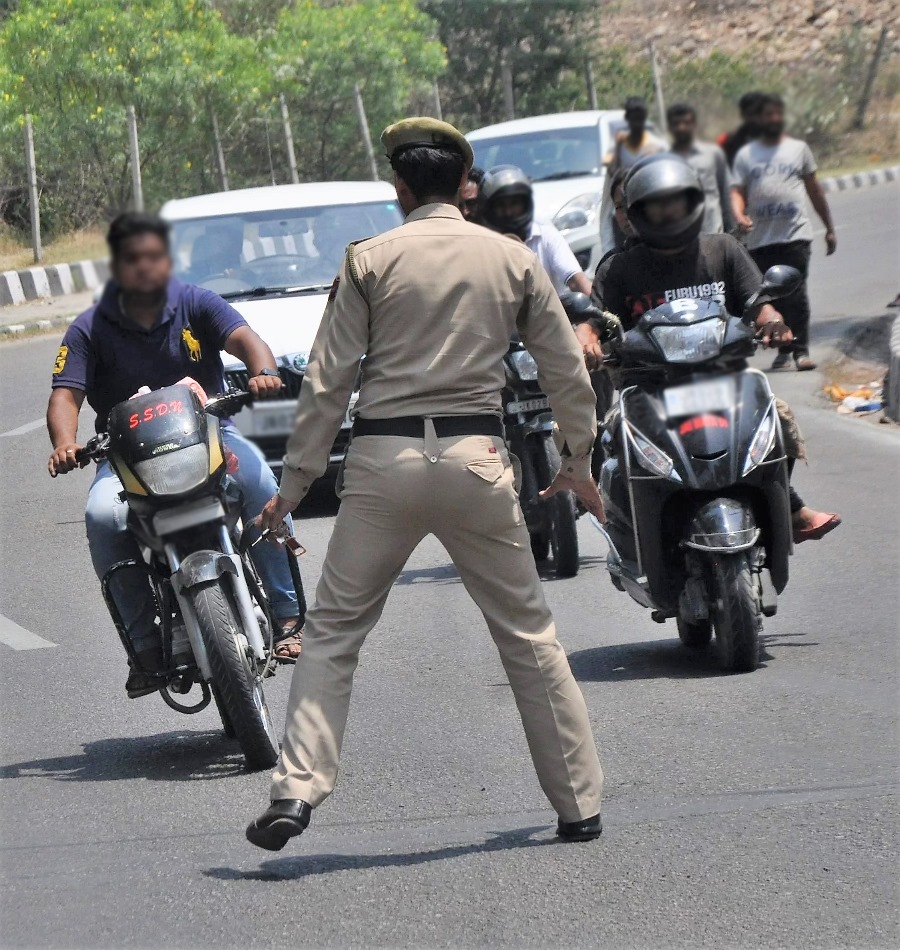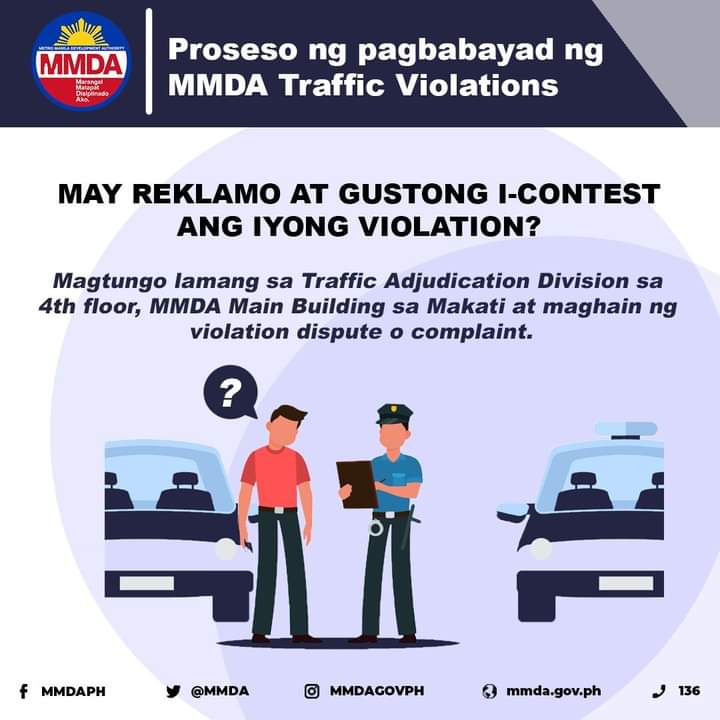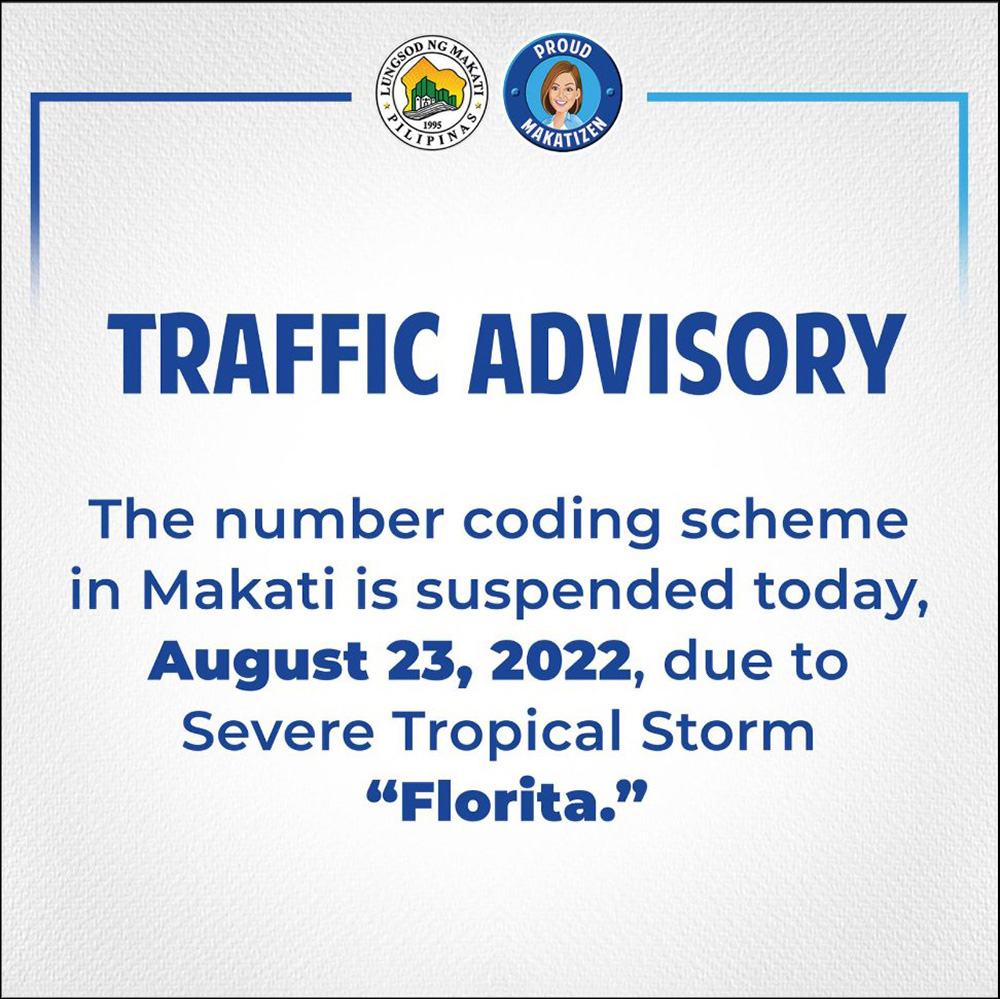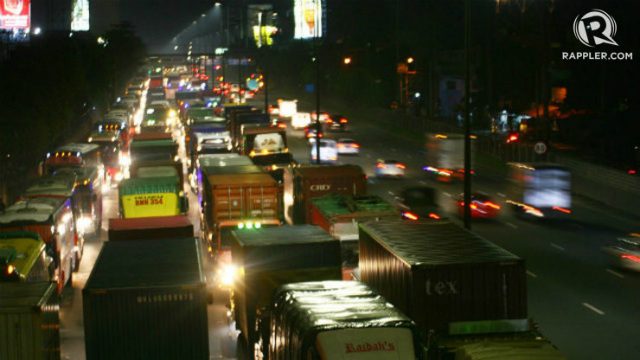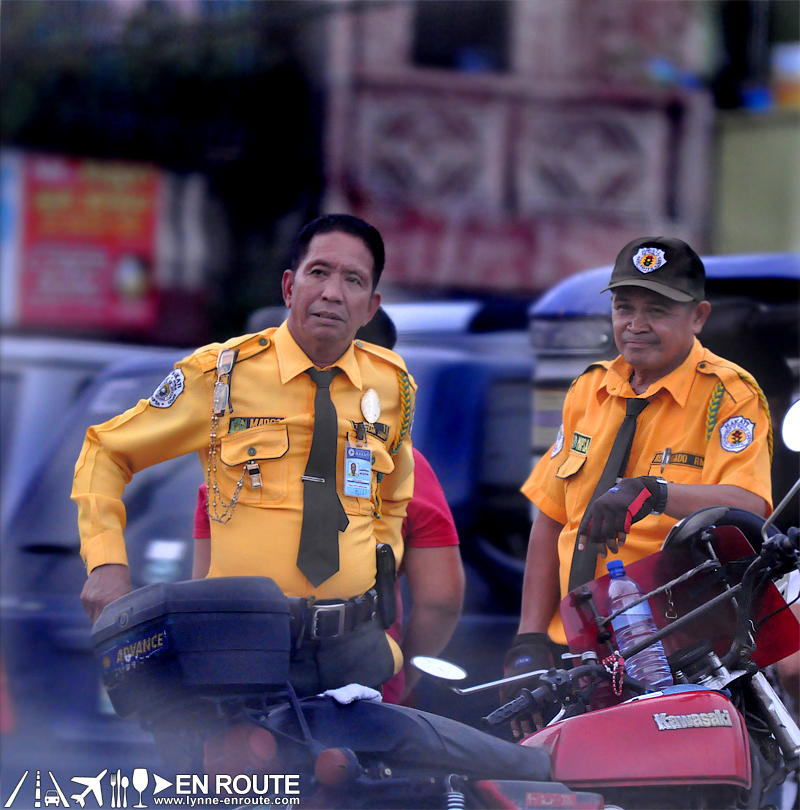Makati Traffic Violation Fines 2019
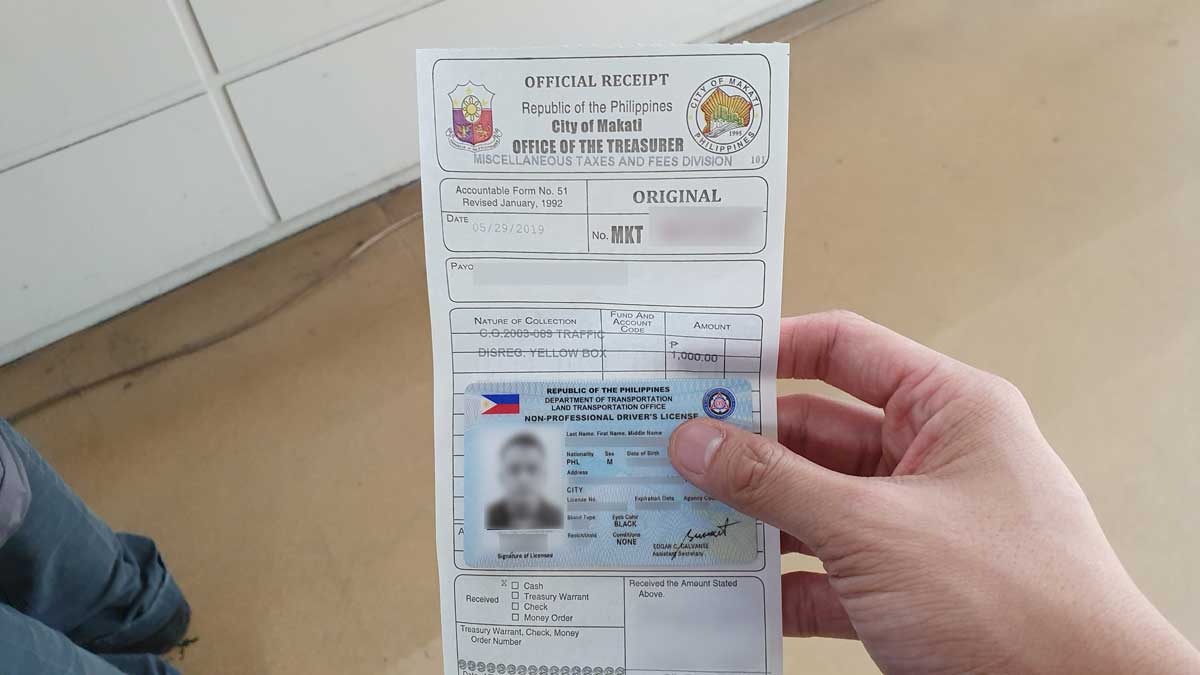
Gridlock. Horns blaring. Frustration etched on every face. These are the hallmarks of Makati City traffic, a daily battleground for commuters and drivers alike. In 2019, the city implemented a revised set of traffic violation fines, sparking both support and controversy, as the local government aimed to alleviate congestion and improve road discipline.
The effectiveness of these fines, their impact on traffic flow, and the burden they placed on motorists became a central point of contention. This article delves into the specifics of the 2019 Makati traffic violation fines, exploring the rationale behind their implementation, the specific violations and corresponding penalties, the public's reaction, and the subsequent evaluation of their success.
Makati's Push for Order: The 2019 Fine Structure
The 2019 Makati traffic violation fines aimed to deter common offenses contributing to traffic congestion. Increased penalties targeted illegal parking, obstruction, and disregarding traffic signals. The aim was simple: to create a deterrent strong enough to change driver behavior and, consequently, improve traffic flow.
Key Violations and Penalties
Among the most common violations with hefty fines were illegal parking, which could range from Php 1,000 to Php 2,000 depending on the location and severity. Obstructing traffic flow, a frequent occurrence during rush hour, also carried a substantial fine. Disregarding traffic signals, such as running a red light, was treated particularly seriously due to its safety implications, incurring a high penalty.
Other violations included driving without a license, using mobile phones while driving, and failure to wear a seatbelt. Each offense carried a corresponding fine, contributing to a comprehensive effort to improve road safety and discipline. The full list of violations and fines was made available to the public through various channels, including the Makati City government website.
Public Reaction: A Mixed Bag
The implementation of the increased fines was met with a mixed reaction from the public. While some lauded the initiative as a necessary step towards addressing the city's traffic woes, others criticized the fines as excessive and burdensome, especially for low-income earners.
Concerns were raised about the fairness and consistency of enforcement. Some motorists alleged that traffic enforcers were overly zealous in issuing tickets, focusing on revenue generation rather than genuine traffic management. These allegations fueled public discontent and led to calls for greater transparency and accountability in the enforcement process.
"The increased fines are a necessary evil. While they may be a burden for some, they are essential for creating a more disciplined and orderly traffic environment in Makati," stated Atty. Michael Reyes, a transportation expert.
Evaluating the Impact: Did the Fines Work?
Measuring the true impact of the 2019 traffic violation fines proved challenging. While anecdotal evidence suggested a decrease in some traffic violations, hard data on overall traffic flow improvements was more difficult to obtain.
The Makati City government claimed that the fines contributed to a slight improvement in traffic flow during peak hours. However, independent studies offered a more nuanced picture, indicating that the impact was localized and temporary. Factors such as infrastructure limitations and the increasing number of vehicles continued to pose significant challenges.
Enforcement Challenges
Effective enforcement was crucial to the success of the fines. However, the city faced challenges in deploying enough traffic enforcers to cover all areas effectively. Corruption among some enforcers also undermined the integrity of the system.
Looking Ahead: Towards Sustainable Solutions
The 2019 Makati traffic violation fines served as a reminder of the complexities of urban traffic management. While fines can play a role in deterring violations, they are not a silver bullet solution. A multi-faceted approach, encompassing infrastructure improvements, public transportation enhancements, and public awareness campaigns, is essential for achieving sustainable solutions.
Moving forward, Makati City needs to focus on long-term strategies that address the root causes of traffic congestion. This includes investing in public transportation, promoting carpooling, and implementing intelligent traffic management systems. Only through a comprehensive and integrated approach can the city hope to alleviate its chronic traffic problems and create a more livable urban environment.
The long term effects are still being weighed by Makati's city planners. The hope is a city with free flowing traffic and happy commuters. Only time will tell if these goals will be met.
